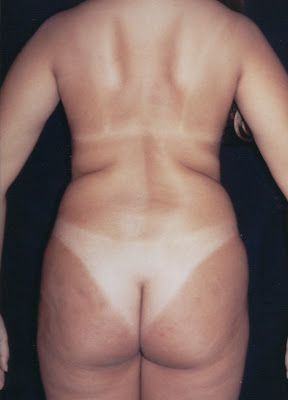Liposuction in Peru Clinica Arroyo Goldstein Lima Peru


AN EDUCATION ON TUMESCENT LIPOSUCTION
Liposuction was developed in the late 1970s by Dr Illouz in Paris, France. It was introduced in the United States in 1981. The Tumescent Liposuction technique was introduced in 1986 by a California dermatologist, Dr Jeffrey Klein.
Our Clinic's Surgeons utilize Tumescent Liposuction to re-contour the body - removing excess fat deposits that have been resistant to diet and exercise. The most commonly treated areas include: the inner and outer thighs ('saddlebags'), abdomen, flanks ('love handles'), waist, arms and neck.
What is Tumescent Liposuction?
This form of Liposuction is accomplished with local anesthesia - there is no need for general anesthesia or, even, sedation. By avoiding general anesthesia and intravenous sedation the associated risks are avoided also.
The procedure involves the introduction of the local anesthetic solution - lidocaine - into those sites of the fat that is to be removed. This solution '"tumesces" or, temporarily swells the tissue. In addition to providing anesthesia, the solution has the effect of liquifying the fat so that it is easily removed with small micro-cannula. When Liposuction is performed without the Tumescent technique, the fat is not 'liquified' and a larger cannula is required. This can result in significantly more pain and bruising after the procedure, compared to the use of small cannula that is used with the Tumescent Liposuction technique.
How much weight is lost after an average Liposuction procedure?
After Liposuction, your weight may be reduced by only one to a few pounds even though a significant difference in shape may be achieved. That's because fat takes up more volume than other tissue of equal weight, such as muscle.
More important than weight loss is the way clothing fits after treatment. Tumescent Liposuction is not intended as a weight loss procedure but instead is a technique to re-contour the body.
Who is a good candidate for Tumescent Liposuction?
The ideal candidate is someone who is in good health, actively exercises, and is of normal body weight but has localized fat deposits that have been resistant to exercise and diet. However, even those who are mildly to moderately overweight may be good candidates. An in office Consultation is always best to evaluate your options.
www.clinicasarroyoperu.com


Comments
Post a Comment